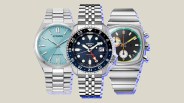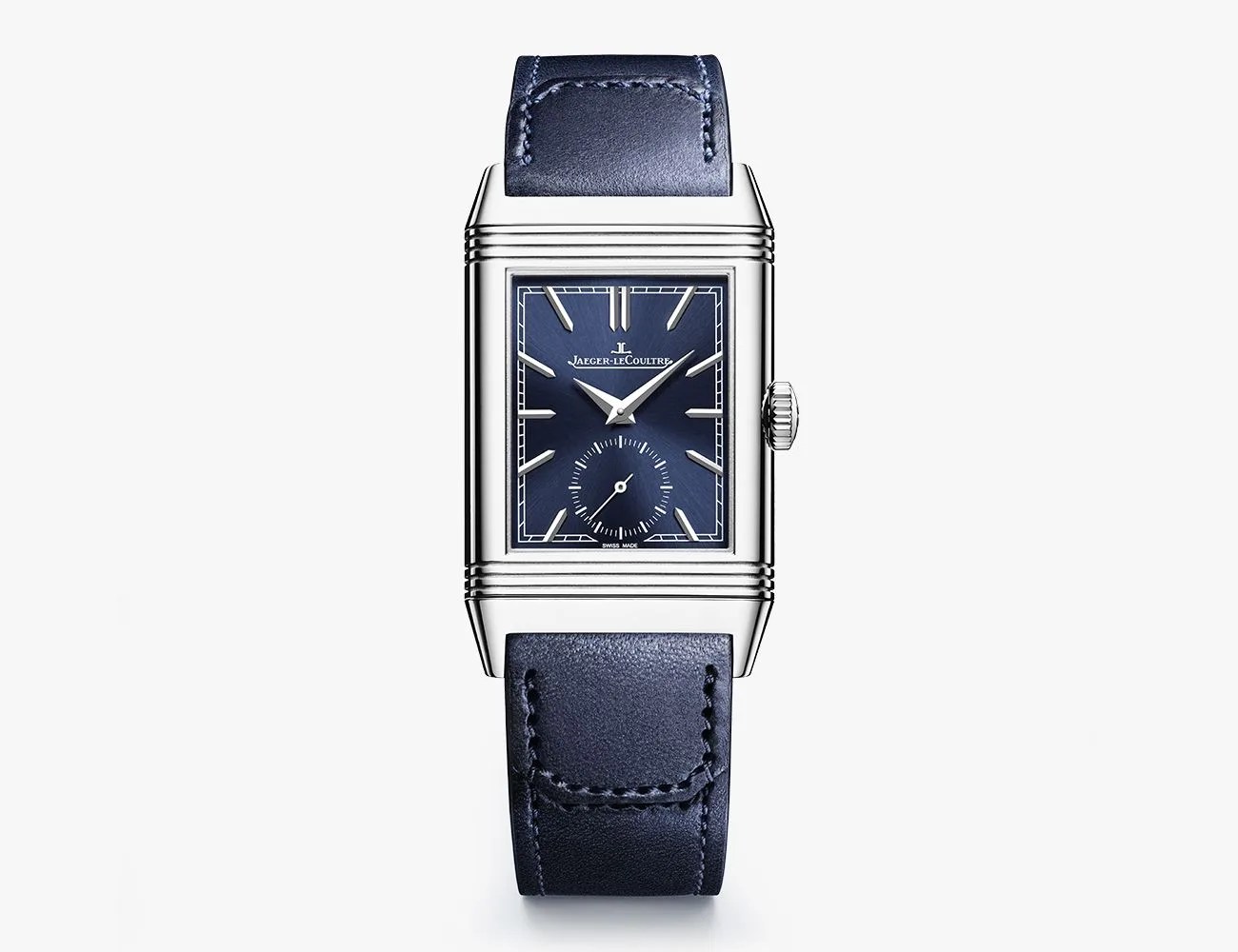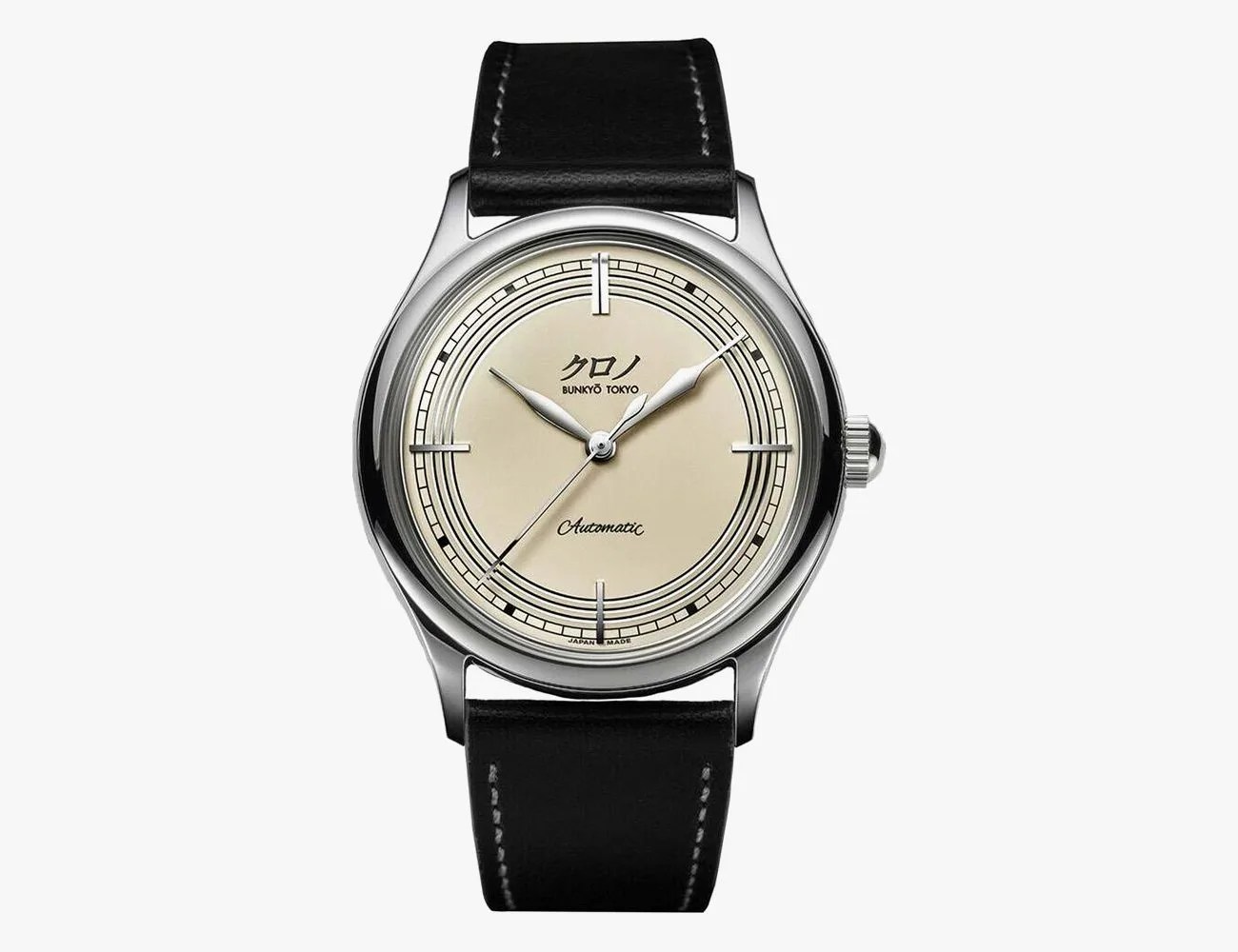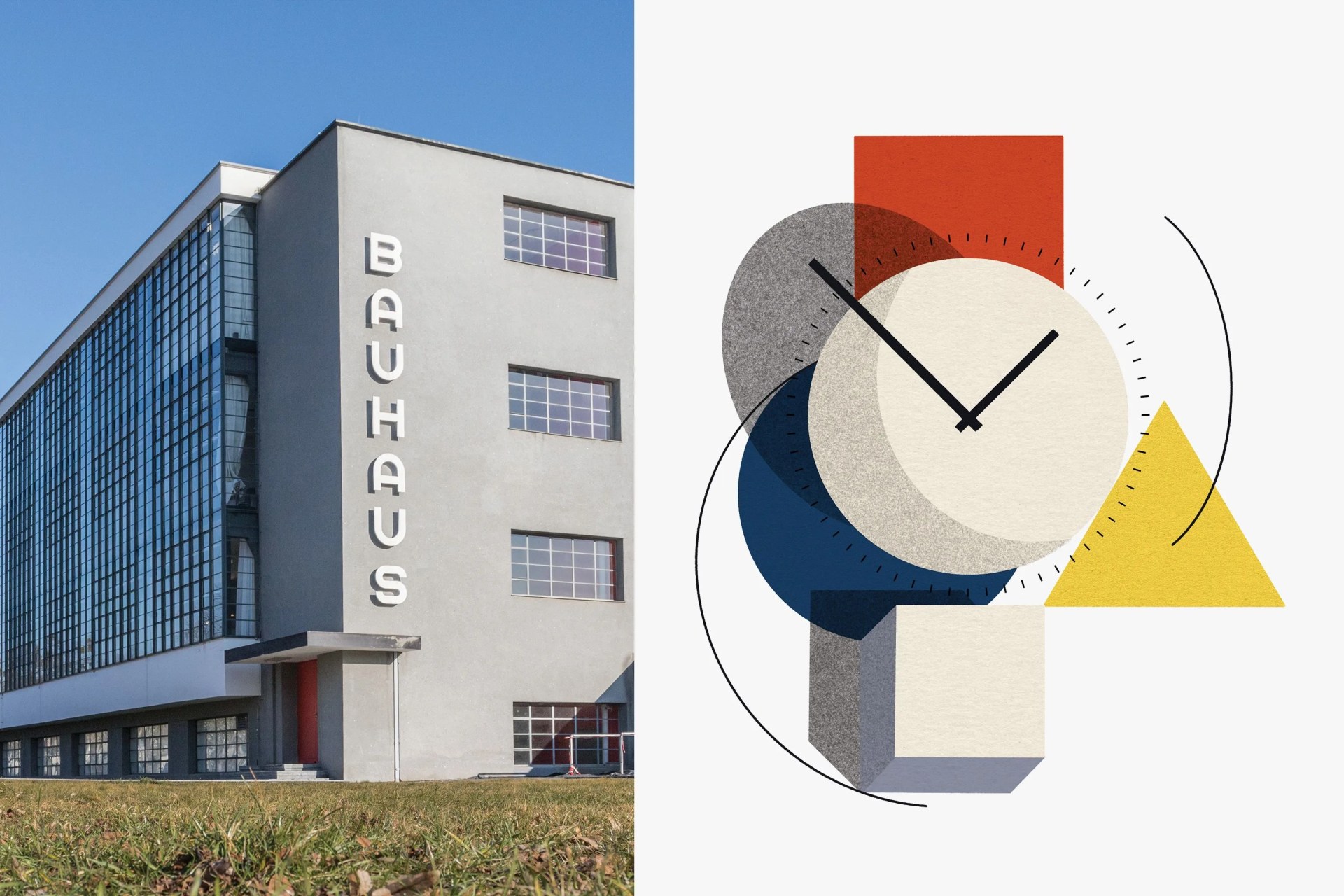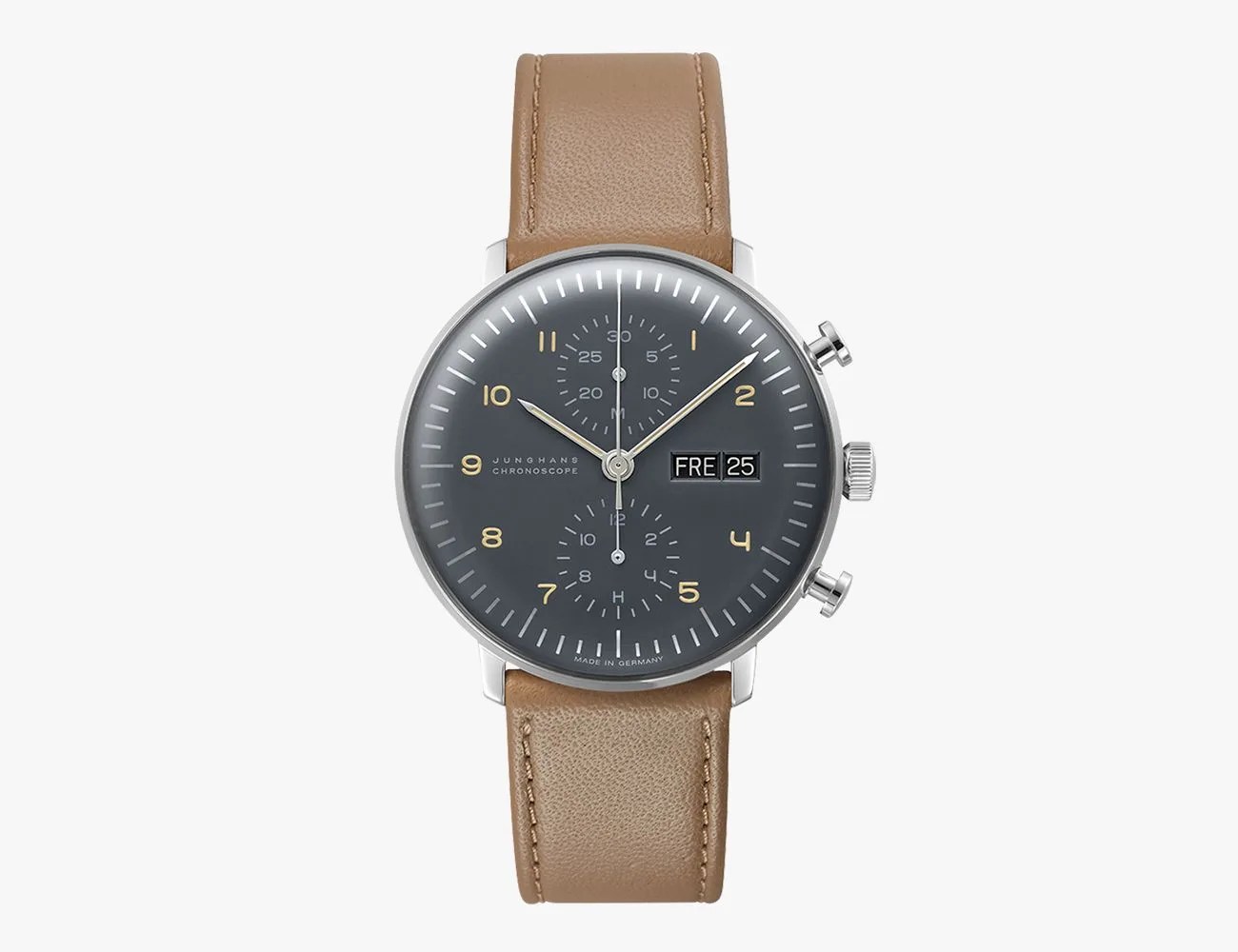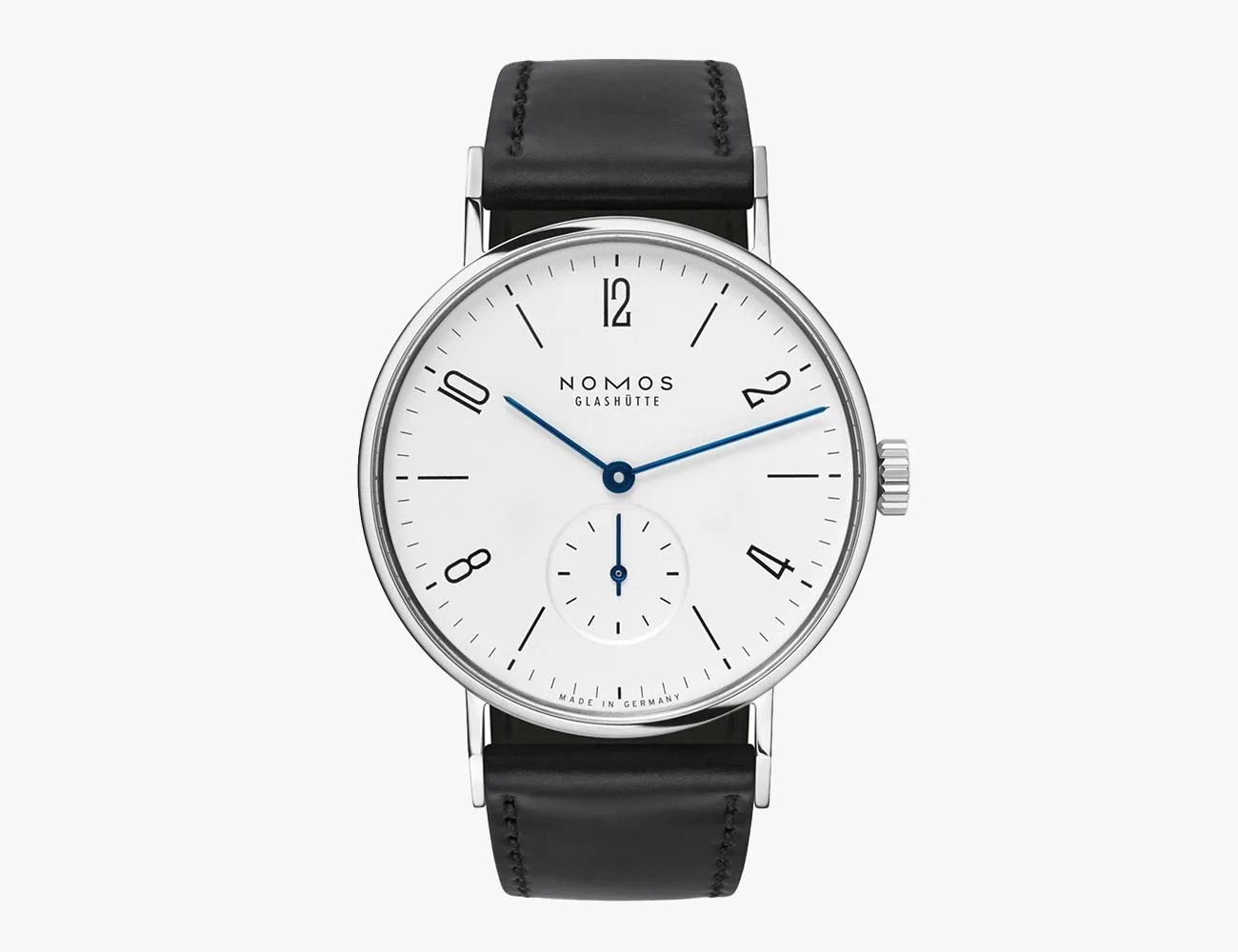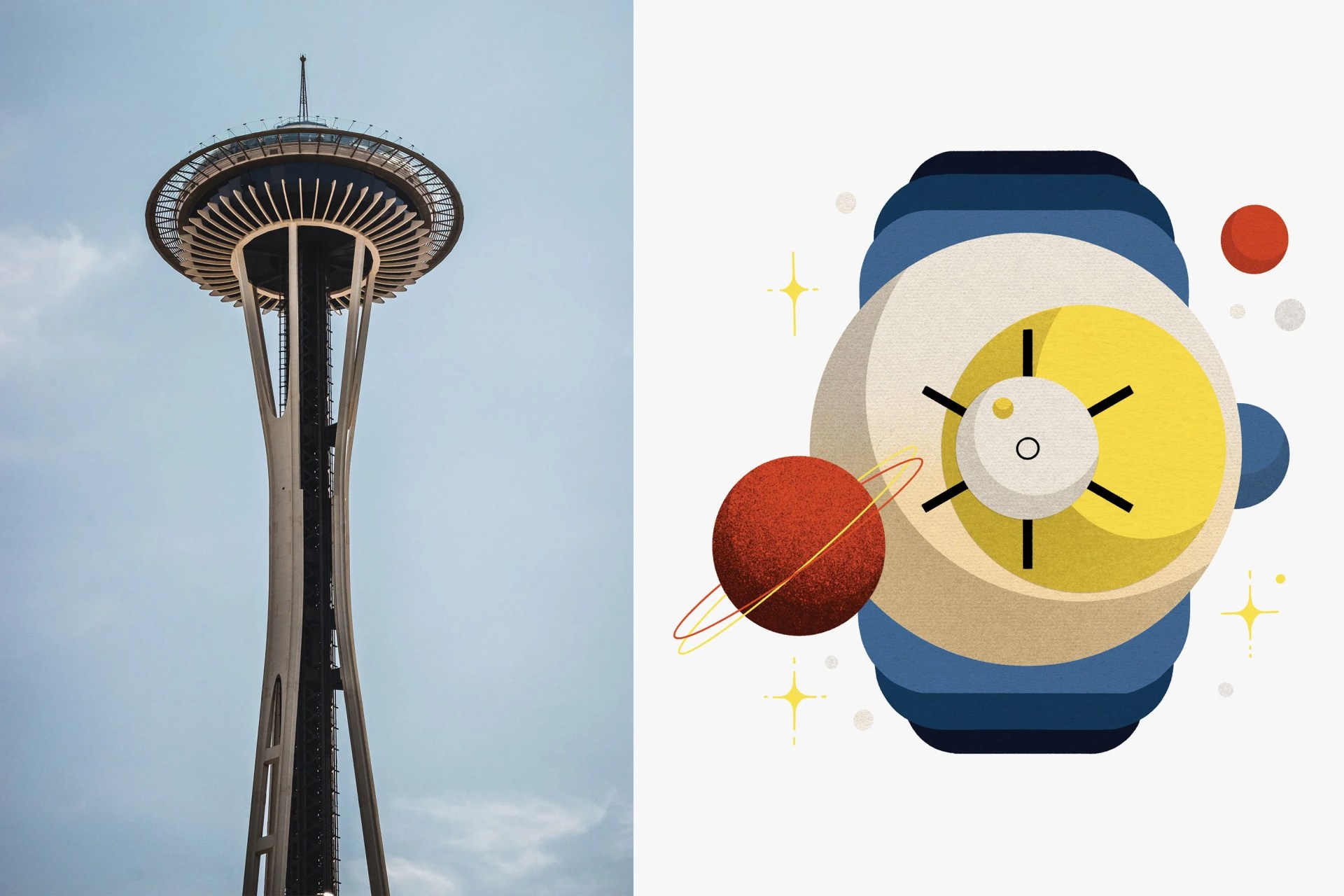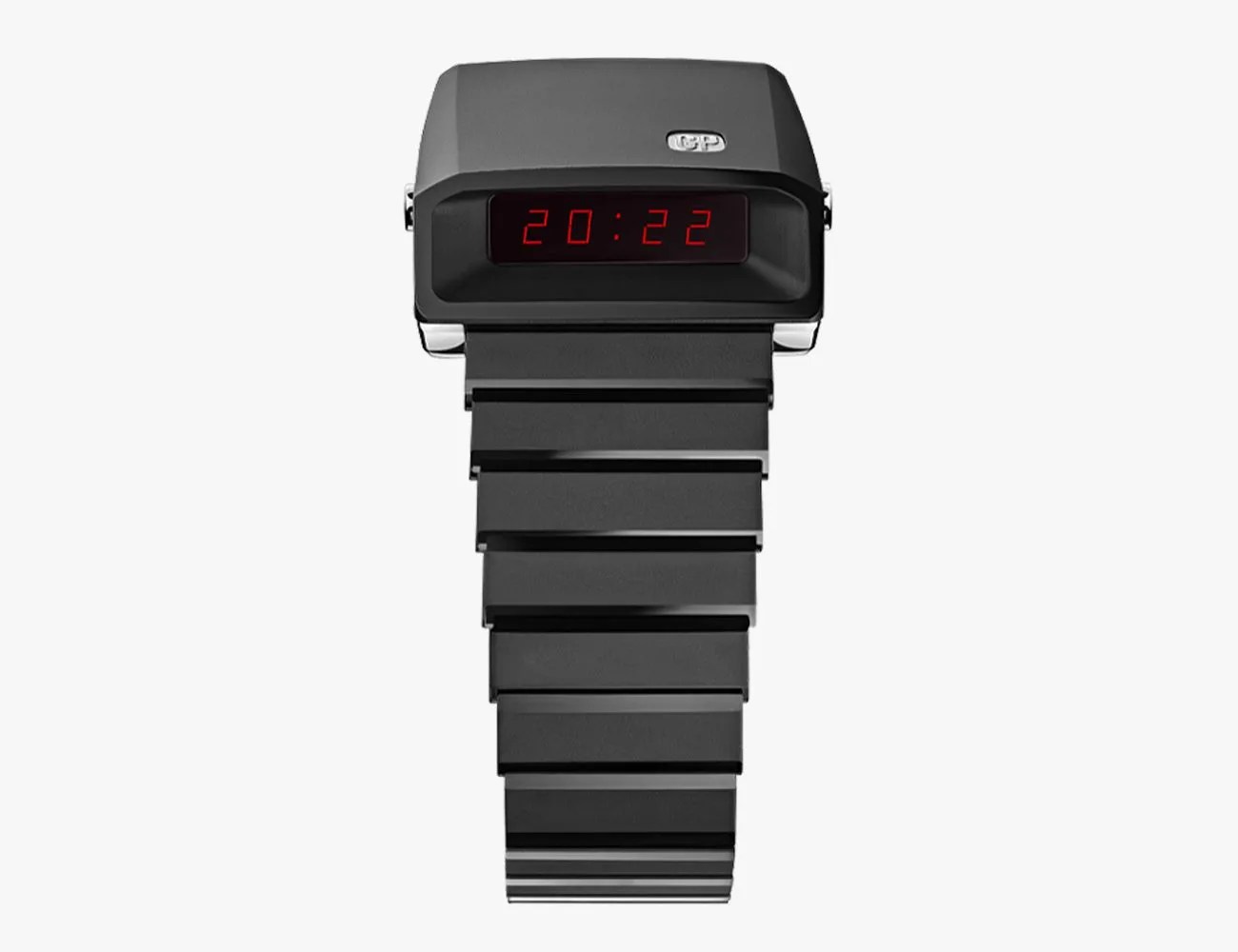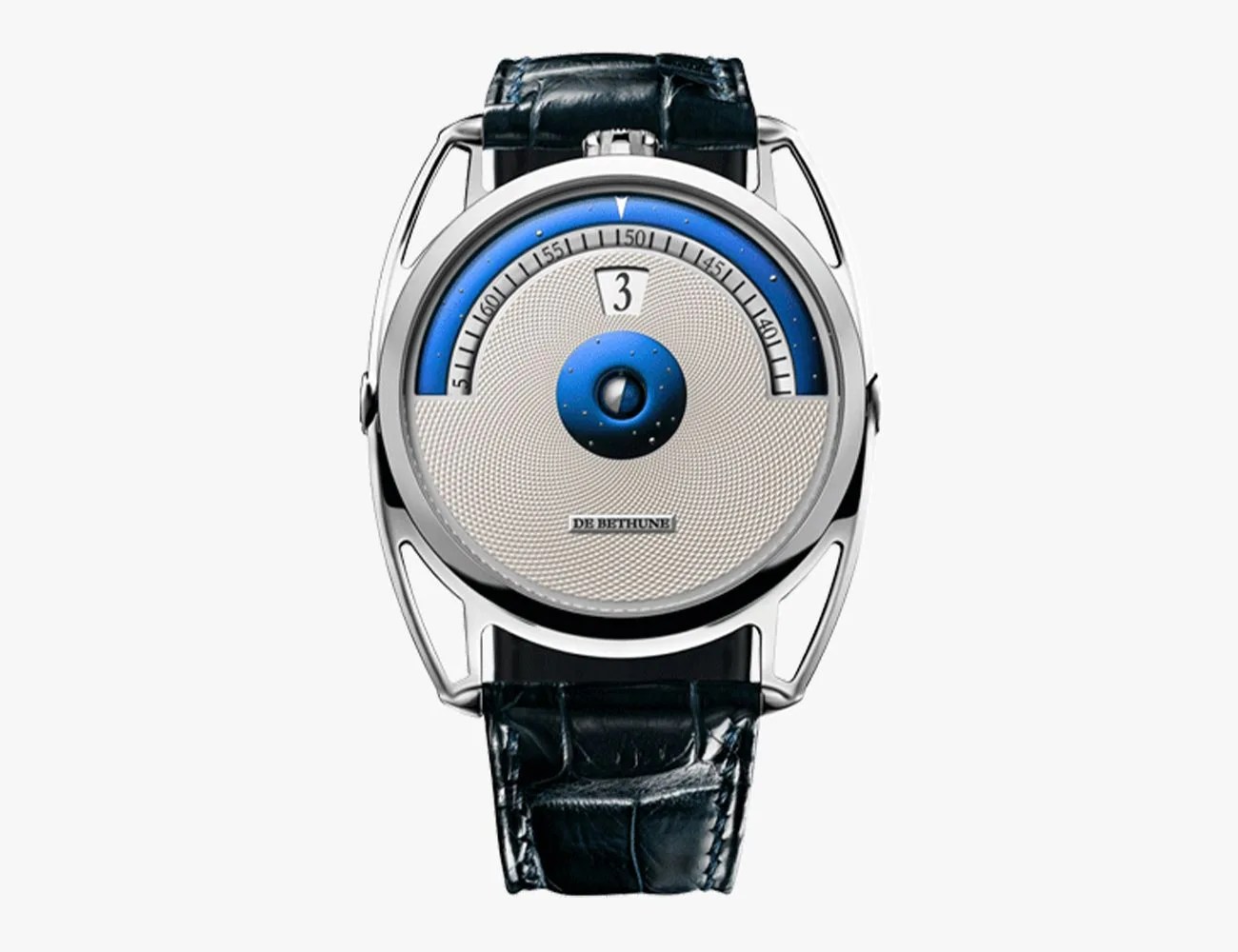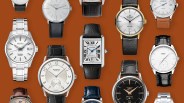Art Deco. Bauhaus. Space Age. These are concepts from the last century, yet they’re buzzwords today — especially in the watch world. Why? And what do they even mean?
“A lot of these ideas are in the ether and get picked up in different ways, whether it’s in architecture or in watches,” says Dr. David Brody, professor of design studies at The New School’s Parsons School of Design. “There’s a lot of mislabeling that goes on.”
Products in the Guide
A watch’s typeface, angles or flourishes might lead you to call out its Art Deco inspiration, while function-first pragmatism lacking adornment might conjure Bauhaus ideals. These movements have power and imagery attractive to consumers and brands alike.
“If you can associate with a larger design movement, it takes on an aura of gravitas or meaning,” Brody says.
Certain major styles exert significant influence on today’s retro-inspired and even resolutely modern watches — and understanding them can help you appreciate watches on another level.

